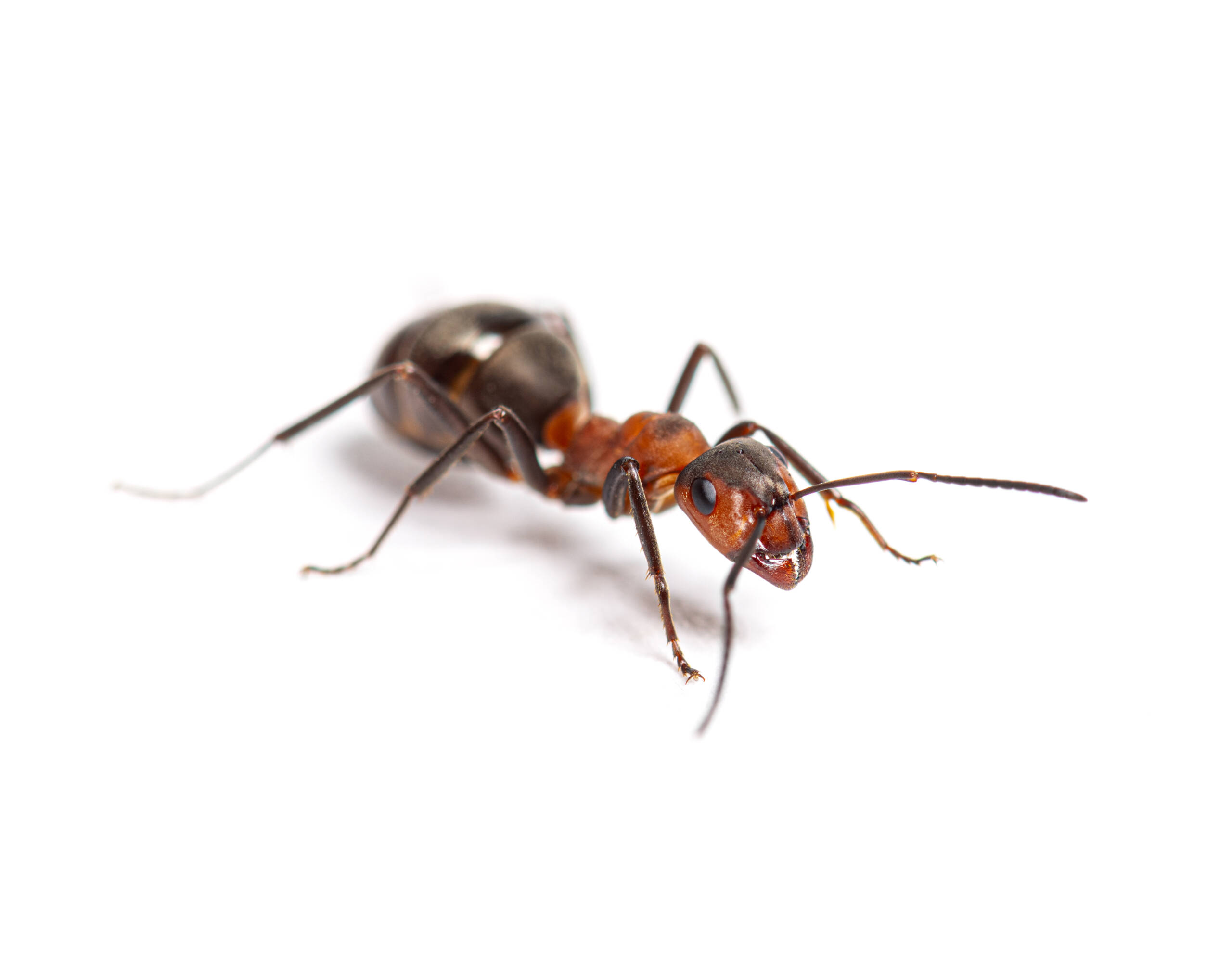1. About Ants
Ants are social insects that live in colonies and can be found all over the world. They often invade homes in search of food and shelter. Though small in size, ants are extremely persistent and can establish nests both indoors and outdoors. Ant colonies are highly organized, with worker ants, queens, and male ants all performing specific roles within the group. Depending on the species, ants can be harmless or cause structural damage, especially carpenter ants.
2. How to Get Rid of Ants
To eliminate ants, it’s important to identify the species first, as different types may require different treatments. Common methods include using bait traps, which ants take back to their colony, insecticidal sprays for quick control, and natural remedies like vinegar or essential oils. Sealing entry points and maintaining a clean environment are also key in preventing future invasions. In cases of large infestations, professional pest control services can provide more thorough and long-lasting results.
3. Introduction
Ants are one of the most common household pests, known for their ability to form large colonies and invade homes in search of food and shelter. While most ants are not harmful, some species can cause structural damage to buildings or contaminate food. Their persistence and ability to multiply quickly make early detection and intervention crucial to controlling an infestation.
4. Identification of Ant Species
There are over 12,000 species of ants, but the most common household ants are sugar ants, carpenter ants, and fire ants. Sugar ants are small and attracted to sugary foods, while carpenter ants are larger and capable of damaging wood. Fire ants are aggressive and can cause painful stings. Identifying the species is important for determining the appropriate method of control.
5. Behavior and Habitat
Ants are highly adaptable and can live in a wide range of habitats. Indoors, they are typically found in kitchens and bathrooms, where food and moisture are readily available. Outdoors, ants build their nests in soil, under rocks, or within the wood of trees. Certain species, like carpenter ants, may even tunnel into wooden structures. Ants prefer to live in colonies, with some species maintaining a single queen and others supporting multiple queens.
6. Feeding Habits
Ants are omnivores and will feed on a variety of foods depending on the species. Some, like sugar ants, are attracted to sweet substances, while others, such as protein-eating ants, may forage for insects or other high-protein foods. Their feeding habits can lead them to invade kitchens, pantries, and other food storage areas, making them a significant nuisance.
7. Prevention and Protection
To prevent ants from entering your home, make sure to seal any cracks or gaps around windows, doors, and foundations. Keep food sealed in airtight containers and clean up crumbs or spills immediately. Outdoor ants can be deterred by keeping yards tidy and removing debris or wood piles near the home. Maintaining a barrier of protection around your home is essential to avoid future infestations.
8. Methods of Control
Effective methods for controlling ants include the use of baits, which the ants carry back to their colony, effectively killing the entire colony. Sprays and dusts may be used for immediate results, but care should be taken to avoid contact with food or pets. Natural remedies such as vinegar, lemon juice, or essential oils can also be used as deterrents. For larger infestations, professional pest control services may be necessary to ensure thorough elimination.
9. Environmental Impact and Ecology
Ants play a vital role in the ecosystem by aerating the soil, recycling organic material, and helping with plant pollination. However, when ants invade homes, they can be a nuisance and cause damage to property. It’s important to balance effective control measures with eco-friendly solutions, such as using non-toxic baits or natural remedies, to minimize harm to the environment.
10. Conclusion
While ants are an essential part of nature, they can become troublesome when they invade homes and gardens. By understanding the behavior and habits of ants, homeowners can take proactive measures to prevent infestations and respond quickly when they occur. Whether using natural methods or professional pest control services, addressing the problem early is the best way to ensure a pest-free environment.


